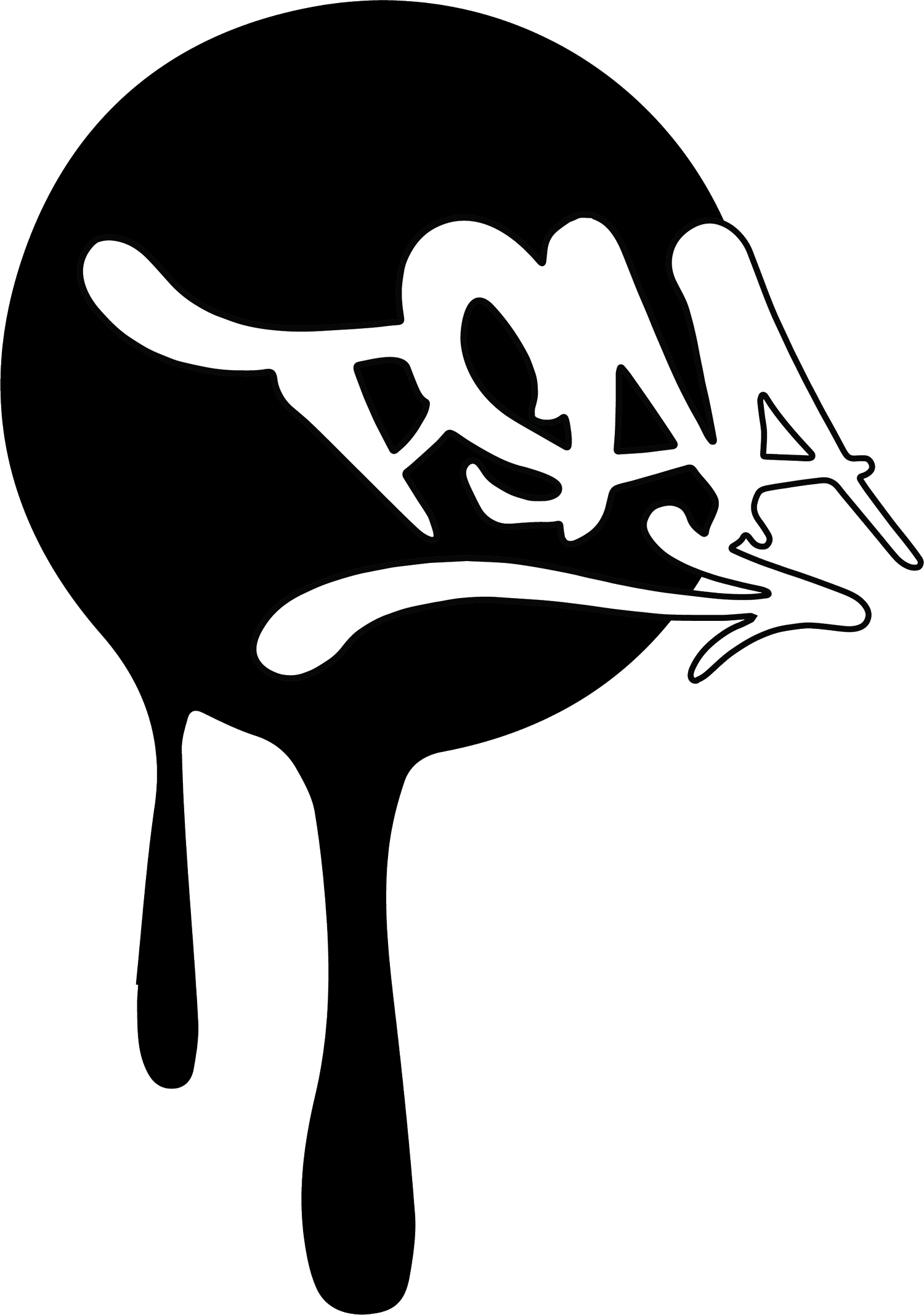THE PLACES OF SUNNYSIDE
EARLY SE PORTLAND HISTORY
The Portland metro area rests on traditional village sites of the Multnomah, Kathlamet, Clackamas, Chinook, Tualatin Kalapuya, Molalla and many other Native American tribes. They created communities and summer encampments along the Columbia and Willamette Rivers and harvested and used the plentiful natural resources of the area for thousands of years. The first white settler in the area, in the late 1820s, was a French Canadian fur trapper named Etienne Lucier. At the time Lucier arrived in East Portland, it was "heavily timbered with a thick undergrowth of laurel and fern." He built a cabin just south of where Hawthorne St is now. The cabin was later occupied by an employee of the Hudson's Bay Company, which was held in trust by John McLoughlin. In 1845, McLoughlin sold the land to James & Elizabeth Stephens. Mr. Stephens was a cooper and ferryman by trade. The original Lucier cabin is gone, but the Stephen's house still stands at the corner of SE 12th & Stephens St, and is the oldest structure in SE Portland. Despite the marshy conditions down by the Willimette River, Stephens started ferrying pioneers across the river to downtown Portland around 1861.
The oldest structure in SE Portland today is the John and Sarah Sheffield House, built in 1866.
During the first three decades (1860s-1880s), East Portland was mainly occupied by fur trapper cabins and small family farms.The area Sunnyside encompasses today was settled on a portion of the Seldon Murrary land claim. A United States Land Patent, signed by President Andrew Jackson on March 19, 1866, was issued to Seldon and Hiantha Murray. They farmed the land for six years, then started to sell it off in portions for $10 an acre. Sunnyside and Lone Fir Cementary are part of the original Murray land claim.
THE DEVELOPMENT OF SUNNYSIDE
With the opening of the Morrison Bridge in 1887 (the first across the Willamette River), the "east side" of Portland became more easily accessible to residents who wanting to move out of crowed and polluted downtown. The Sunnyside Land Improvement Company began developing the area for residential use in 1888. The primary backers of the Sunnyside Land Improvement Company were F.C. Goodin and Henry L. Pittock. It is cited that the developers played on the “Sunnyside” name to advertise the neighborhood as being "the sunny side of the city, outside the shadows of the west hills and downtown Portland." The earliest known pictures of Sunnyside neighborhood are from 1889 and of the Conrad Green Grocery, which sat on the northeast corner of Belmont Street, at what is now SE 33rd Avenue. It was part of the original Murray Land Claim that brought development to Sunnyside.
Intersection of 33rd & Belmont in 1889-1890, looking down Belmont towards downtown. Photo: Oregon Historical Society.
Conrad Green Grocery Store at the northeast corner of 33rd & Belmont in the Fall of 1889. Photo: Oregon Historical Society.
Hans Hanson House & Farm on 60 acres between SE 27th, SE 30th, Salmon & Main in 1890. Photo: Oregon Historical Society.
Halder House at 33rd & Morrison in June 1898. Photo: Oregon Historical Society.
With the rail line and the influx of new residences, Sunnyside's growth really accelerated between the late 1880s and 1910s. Sunnyside was the first "street car era" neighborhood in Portland. Since Sunnyside was developed as a planned community, many of the structures are comparable in form and scale, creating cohesive and interconnected streetscapes, many of which exist to this day. These unique features give Sunnyside a strong visual character and sense of place. A small commercial strip began to form along Belmont, mainly between SE 33rd Ave. & 35th Ave. These two blocks were the central hub of activity, movement and communication. It was the main link between downtown, the river, and the new East Portland. The Belmont District continues to be Sunnyside’s main area for commerce and activity. The blocks retain many of the original 19th century brick and mortar buildings. The National Register documentation states that the Belmont District's buildings are “historically significant for their association with industrial development." Playing an "important role, not only in the history and development of SE Portland, but also in the growth of the city as a whole.
The oldest known photo of the Belmont business district, taken at SE 33rd & Belmont looking east during a snow storm on January 7th 1909. Photo: Oregon Historical Society
MORE SUNNYSIDE HIGHLIGHTS
MORE PHOTOS OF SUNNYSIDE
Sources:
- Sunnyside Neighborhood Plan, City of Portland Bureau of Planning, Sept 1999.
- National Register of Historic Places, Portland Oregon's Eastside and Architectural Resources 1850-1938, January 1989.


































































